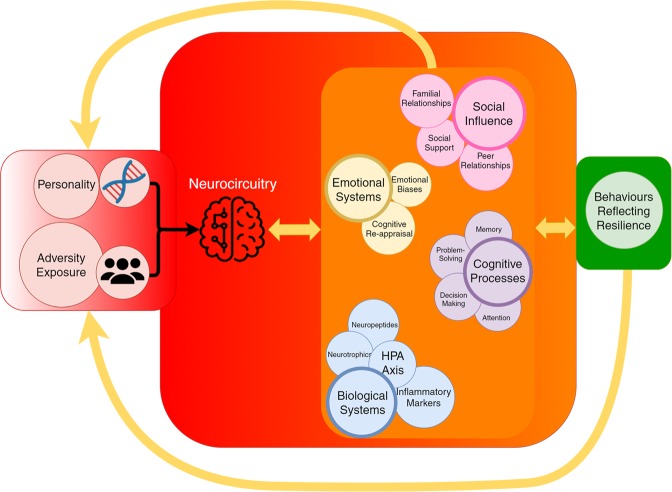Fig. 6. Schematic diagram of the neurobiological and psychosocial determinants of resilience that influence each other to produce adaptive behaviours reflecting adaptive resilience following adversity.
When genes and personality, as intrinsic components of resilience, interact with varying degrees of environmental adversity, the individual’s stress-responsive neurocircuitry is activated and subsequent biological, emotion-cognitive and social structures are mobilised by individual intention, skill transfer and acquisition so they can be tempered and fortified. It is through these processes that resilience is achieved to ultimately manifest as adaptive behaviours. The latter in turn feeds back the experience to (i) the intrinsic factors to facilitate epigenetics and modify personality factors and (ii) the biopsychosocial factors and their neural circuitry to enhance and maintain their strength despite allostatic load and prepare for any further adversity in the future (potential or actual). These systems are then maintained to anticipate and respond accordingly to future adversity, and in the event that adversity occurs, the process is recommenced.

